Discover the best 6th century authors and poets throughout history and which of their written works you should read to learn about their lives, struggles, and accomplishments.
This 6th century marks the end of Classical Antiquity and the start of the Medieval period of the Middle Ages. This period was rife with hardship, much of which is captured in the works of prominent authors during that time. From the resurgence of the Byzantine Empire and a volcanic winter to the bubonic plague and the riots in Constantinople, 6th-century peoples knew no end of suffering.
But there were also many things to celebrate, and the 6th century is also known for its contributions to literature, classical thought, religion, and Western growth. Writers of the time did well to encapsulate ancient Greek, Roman, and Chinese history, many of them in beautiful prose, and readers can look to these texts to explore the culture, laws, and conflicts of the era.
Below, we look at some of the best authors throughout the period and what you can learn from their most notable works. You might also like our round-up of the best 18th century authors if you enjoy this topic.
Contents
- Best 6th Century AD Authors
- 1. Procopius – c. 500 – 565
- 2. Boethius – c. 480 – 524
- 3. Su Xiaoxiao – c. 479 – 501
- Best 6th Century BC Authors
- 3. Aesop – c. 620 – 564 BC
- 4. Sushruta – c. 800 – 700 BC (estimated 6th or 7th century)
- 5. Sappho – c. 610 – 570 BC
- 7. Stesichorus – c. 630 – 555 BC
- 8. Alcaeus – c. 620 – 580 BC
- 9. Hesiod – c. 750 – 650 BC
- 10. Anacreon – c. 575 – 495 BC
Best 6th Century AD Authors
1. Procopius – c. 500 – 565
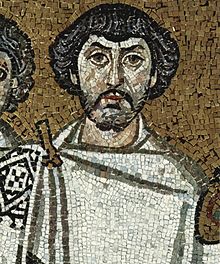
Procopius, also called Procopius of Caesarea, was a Greek scholar who wrote about Byzantine Emperor Justinian’s reign and whose works became the most revered account of the Gothic War. He became a trusted legal advisor to the Emperor’s chief military commander, Belisarius, and accompanied the Roman general until he returned to Italy sometime in 544 CE. Many scholars believe that Procopius was the final prominent scholar of the ancient Roman world.
Procopius’ most notable work, The Secret History, offers readers an intimate look at what was happening behind the wars between the Emperor and his wife, Theodora, and the couple’s stark cruelty in exchange for power. Although an ancient Byzantine encyclopedia mentioned Procopius’ writing, the manuscripts were lost for several years until they were discovered by chance in the Vatican library in the 17th century. You might also be interested in our round-up of the best 10th century authors.
1420964550
2. Boethius – c. 480 – 524
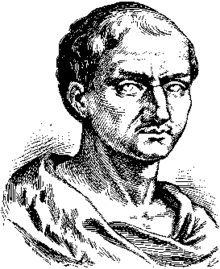
Boethius, whose full name is Anicius Manlius Severinus Boethius, was a 6th-century philosopher, senator, and historian who became a central figure in translating classic Greek works into Latin. Boethius, who began life with extreme difficulty, was orphaned at a young age when his parents fell ill. A Roman consul and aristocrat raised him before becoming a personal advisor to Theodoric the Great.
The Consolation Of Philosophy explores the various facets of evil after imprisonment in a stunning symbolic dialogue between himself and philosophy that transcends other similar works of the time. The English translation by scholar Soren Filipski is careful to maintain the precise use of philosophical language and effortless simplicity from the original work, which allows readers to get a sense of Boethius’ intended meaning truly and what he wanted people to come away with.
B09DB488QS
3. Su Xiaoxiao – c. 479 – 501

Su Xiaoxiao, colloquially known as “Little Su,” was a famous 6th-century poet, Chinese courtesan, and Qiantang prostitute known for being particularly smart, articulate, and beautiful. Su never married, instead preferring to spend her time with friends and commoners. She disdained wealthy people, and many of her stories reflect challenges, celebrations, and realizations in her own life.
Her book, also called Su Xiaoxiao, tells about her father’s death when she was a young girl and how she was cheated out of money she gave to a young traveling scholar who was to borrow it to pay for transportation to the capital to take his final exams, but never returned. Su was extraordinarily young when she died, succumbing to a terminal illness at age 19.
7503492716
Best 6th Century BC Authors
3. Aesop – c. 620 – 564 BC

Aesop’s Fables are some of the most loved stories passed down between generations and cultures throughout the ages, and its author, Aesop, is thought to be just as clever and memorable. He’s thought to have come from Africa, and although he writes no actual published works, the stories credited to him were shared far and wide and remain a classic literary work to this day.
In his collection of tales, Aesop teaches essential life lessons through animalistic characters in precarious situations. For example, Aesop tells of a turtle who wins a race against a rabbit in The Tortoise And The Hare. The rabbit believes his win is assured and spends most of his time lollygagging, which ultimately allows the turtle to reach the finish line first eventually. This story is where the famous phrase “slow and steady wins the race” comes from. Many of Aesop’s fables are written similarly and use a creative story to teach a hidden lesson.
B004TPVNZS
4. Sushruta – c. 800 – 700 BC (estimated 6th or 7th century)
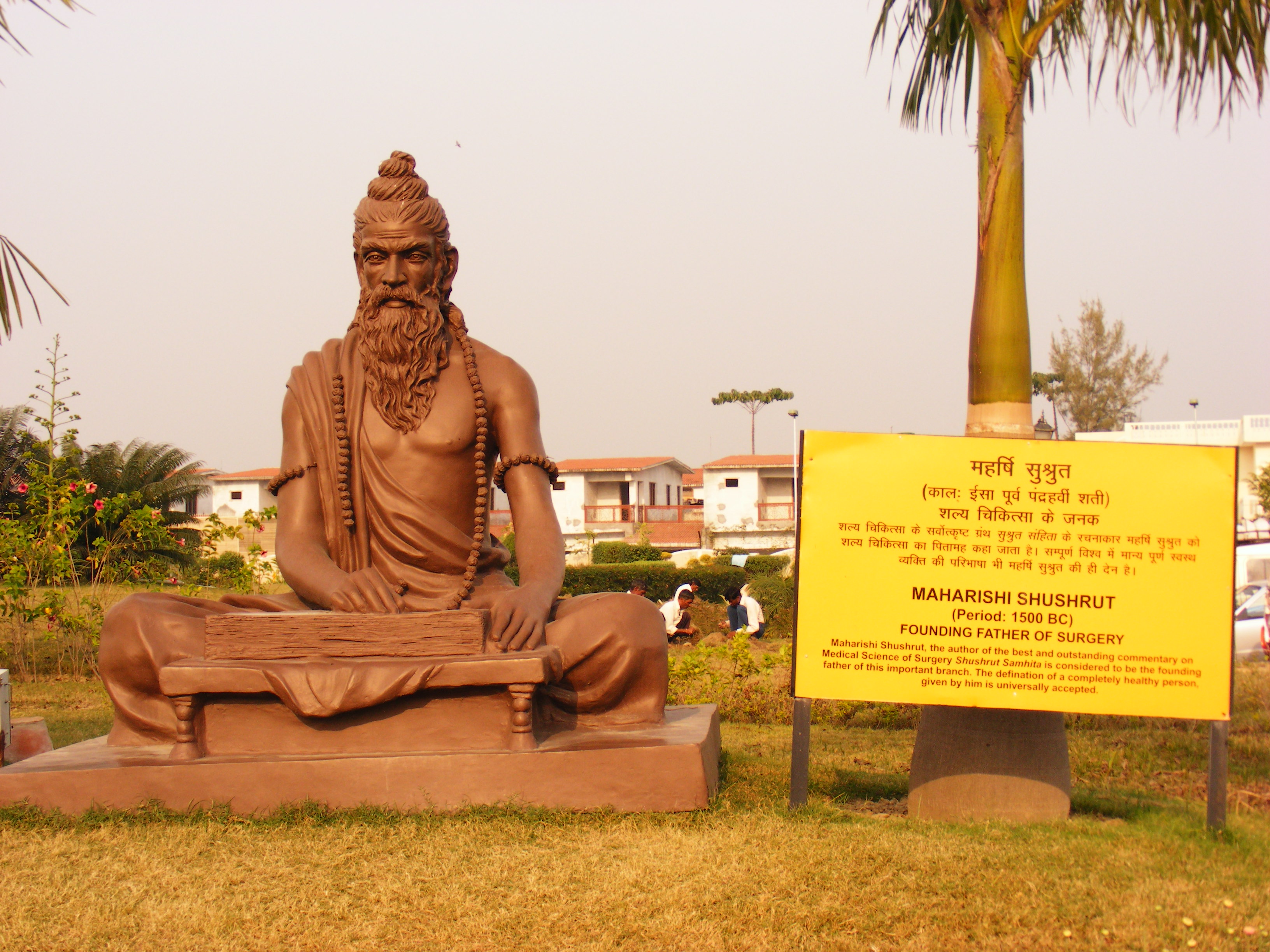
Early Indian doctor Sushruta wasn’t a writer by trade, but his works ultimately became one of the most treasured in Indian medicine and culture. The Sushruta Samhita, also called Sushruta’s Compendium, is an ancient holistic text on how to treat a wide variety of health ailments that serves as the foundation of the practice of Ayurveda. This medical practice believes the root of all illnesses comes from an imbalance in the body’s energy and consciousness.
Sushruta was a prominent surgeon under whom many would-be physicians of the time studied before entering the practice. Sushruta required his followers to take an oath never to harm another, which may be the first appearance of what is now called the Hippocratic Oath. His writings are one of only two texts that survived ancient India, and the inscribed palm leaves are currently on display at the Los Angeles County Museum of Art.
B08WHNDKV2
5. Sappho – c. 610 – 570 BC
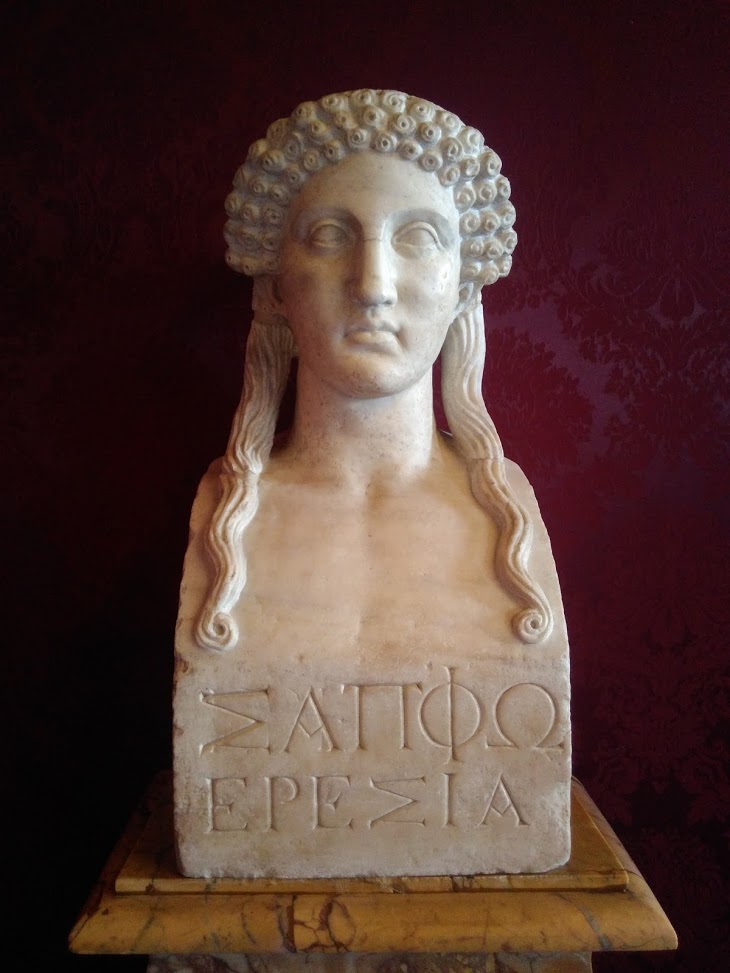
Sappho is a widely acclaimed Greek poet and the first woman to hold such a position. She sang deep, meaningful words about love, loss, jealousy, and friendship in graceful prose, and like most lyrical poems of that period, her works are designed to be accompanied by music. Most often, this was a lyre or a lute. Sappho resided on the Island of Lesbos and spent the majority of her life in the city of Mytilene.
Although the terms “lesbian” and “sapphic” are inspired by this author’s history, Sappho was neither and was married to a wealthy man by the name of Cercylas. The two had a daughter together, whom they named Cleis, and Sappho is rumored to have died after throwing herself from a cliff after a young sailor broke her heart. It wasn’t until about three centuries later that Greek “New Comedy” plays mischaracterized Sappho as queer and promiscuous, and this ultimately resulted in the burning of her works in 1073 by Pope Gregory.
B0BG8V79LD
7. Stesichorus – c. 630 – 555 BC

Stesichorus, sometimes referred to as Stesichorus of Metauros, was a lyrical Greek poet that gained notoriety for his larger-than-life tales. He was named one of only nine esteemed poets by Hellenistic Alexandria scholars as worthy of analysis, along with Sappho of Lesbos, Bacchylides of Ceos, Alcman of Sparta, and five others.
The Poems offer introspection into significant events of the time, including the sack of Troy during the Trojan War and the story of Orestes, who avenged his father’s murder by killing his mother and was a figure also featured in Homer’s 7th-century work, The Odyssey. The current English translation of The Poems also includes commentaries from Cambridge University Press editors, making it easier for readers to understand the points Stesichorus wanted to make.
B00TE3MDDQ
8. Alcaeus – c. 620 – 580 BC
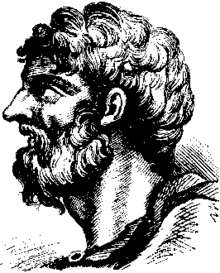
Alcaeus, also known as Alcaeus of Mytilene, is a poet who, like Sappho, arose from the Isle of Lesbos. Alcaeus is the creator of a Greek lyrical meter called Alcaic stanza and is considered one of the nine notable poets by Hellenistic Alexandria scholars. As a member of the city’s aristocratic class, he was involved in numerous political feuds and maintained a close friendship with Sappho.
In Poems & Fragments, Alcaeus’ light, mystical prose is translated from its original Greek to English by RJ Dent and offers a stunning contrast to Sappho’s work from the same time. Roman poet Horace compared the two, describing Alcaeus’ writings as “more full-throatedly singing with [a] gold quill of ships.”
B007HT1ISA
9. Hesiod – c. 750 – 650 BC
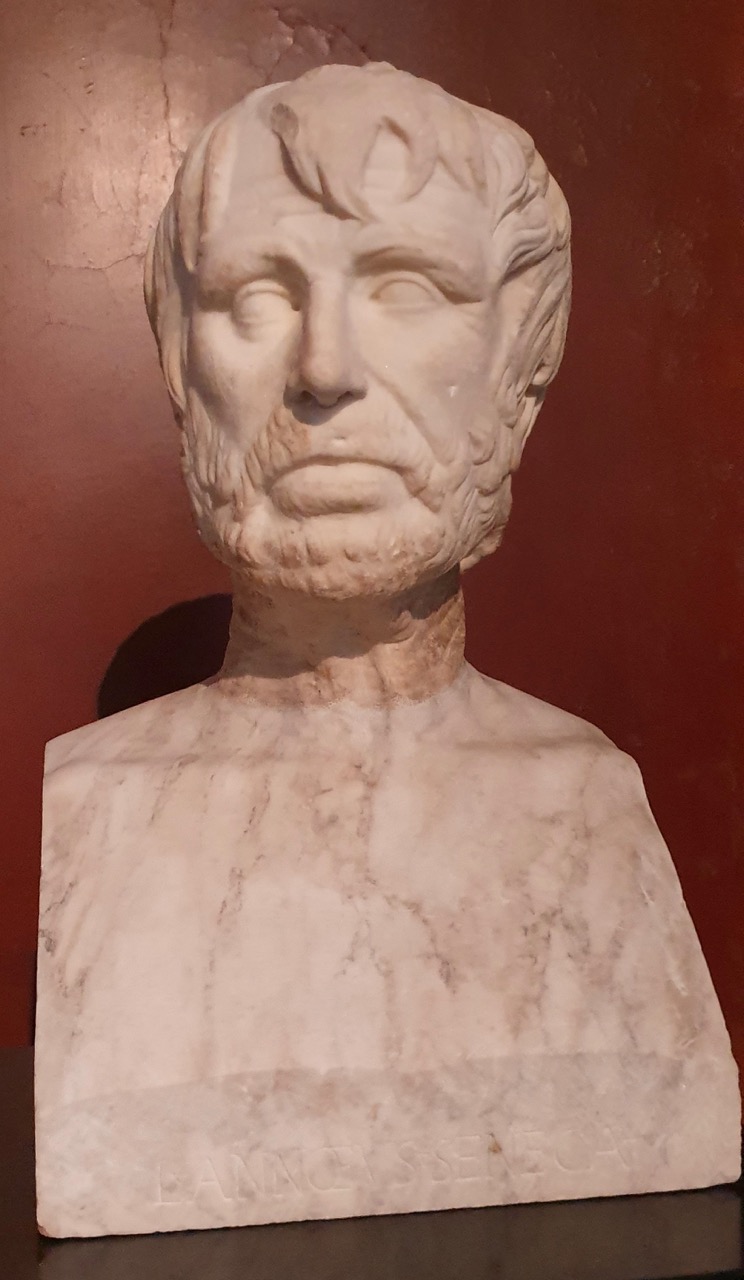
Hesiod, a 6th-century Greek poet, lived around the same time as Homer and wrote equally important works that contributed to the culture and schools of thought during that period. Along with Homer, Hesiod is often credited with helping to develop religious customs and beliefs in ancient Greece, farming techniques, economic growth, and astronomy.
The Works and Days and Theogony is a collection of Hesiod’s written works, consisting primarily of didactic poetry that offers readers essential details about the author’s life. One poem tells of his father’s journey from Cyme in Aeolis to Ascra, a small village by Thespiae in Boeotia, which Hesiod describes as “a cursed place, cruel in winter, hard in summer, [and] never pleasant.”
Aristotle later wrote that Hesiod’s ashes were collected by villagers seeking refuge after Thespian attacked Ascra, and he was buried in Boeotia in a city called Orchomenus. Some accounts suggest that Hesiod was falsely accused of a woman’s rape and murder by her brothers, even though he was quite old at the time.
B00GIXOS42
10. Anacreon – c. 575 – 495 BC
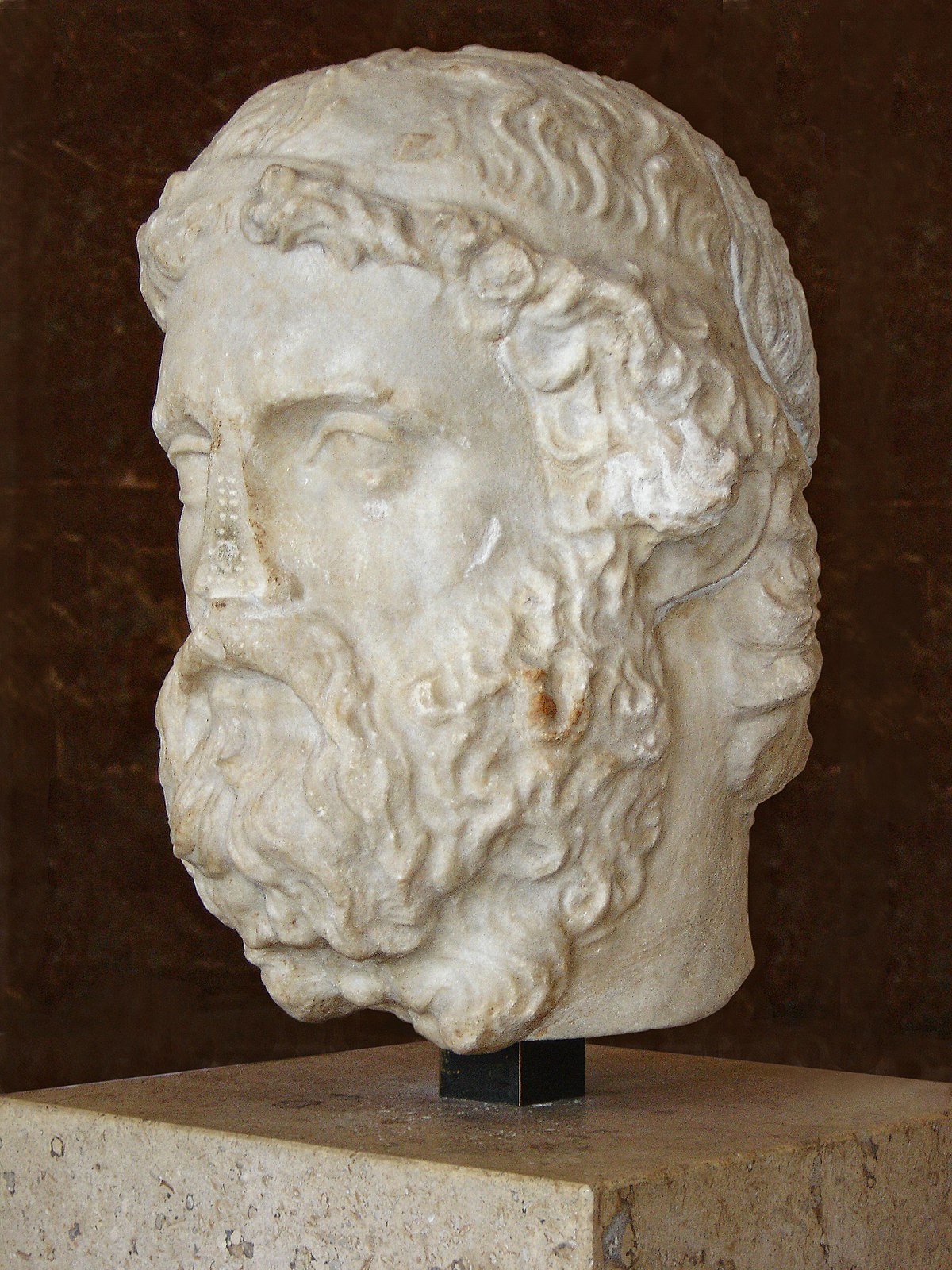
Anacreon was a Greek poet whose works embodied indulgence and hedonism, often taking the form of erotic prose or drinking songs. He is often depicted with his lyre, a string instrument that belongs to the lute family. Anacreon is said to have been born in the ancient Greek city of Teos, on the coast of what is now known as Turkey.
The Odes of Anacreon were written in the Ionic dialect and meant to be accompanied by song. Instead of writing a chorus like other poets of his time, Anacreon wrote in monody – a type of verse that centered around a single line of melody that isn’t repeated. Anacreon’s writing was characterized by unique phonetic features that differentiated him from other poets on this list and those who came before him but sadly died after unexpectedly choking on a grape seed. Looking for more? Check out our round-up of the best 20th century authors!
- Amazon Kindle Edition
- Moore, Thomas (Author)
- English (Publication Language)
- 58 Pages - 12/13/2011 (Publication Date)